This paper presents the case for, and work on, the creation of a Meta Enterprise Architecture Language (MEAL), realised as a domain specific language for the definition, population, maintenance, manipulation, representation and analysis of enterprise architecture models and meta models. The English-like textual language is intended as a high level API to architecture modeling and repository services, both for internal use within tools and external use between tools. Requirements for such a language are identified and work on a proof of concept implementation using the Squeak dialect of Smalltalk is described. A subset of the language syntax is presented. It is intended that the language, after initial proof of concept, will be placed in the public domain and eventually become a standard.
Published?
?DATE?
